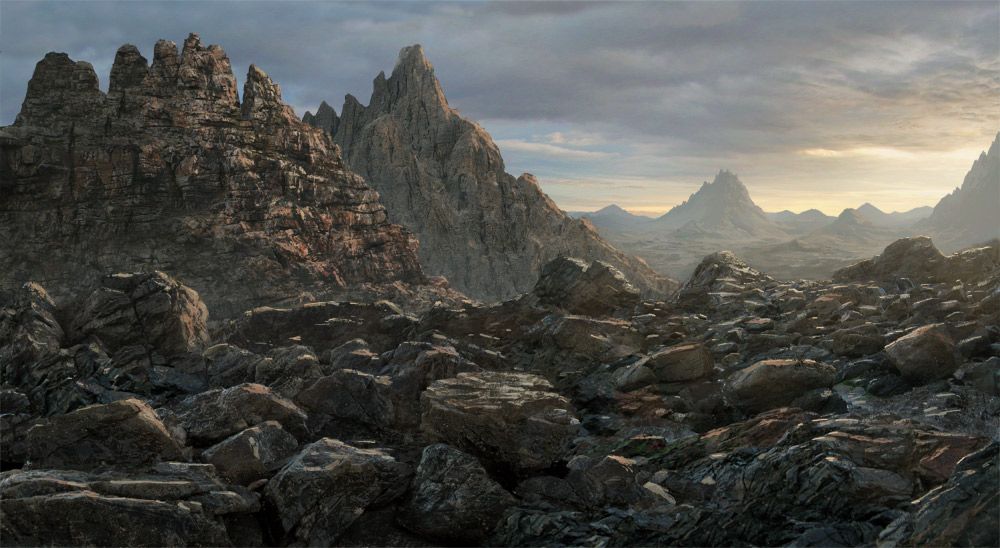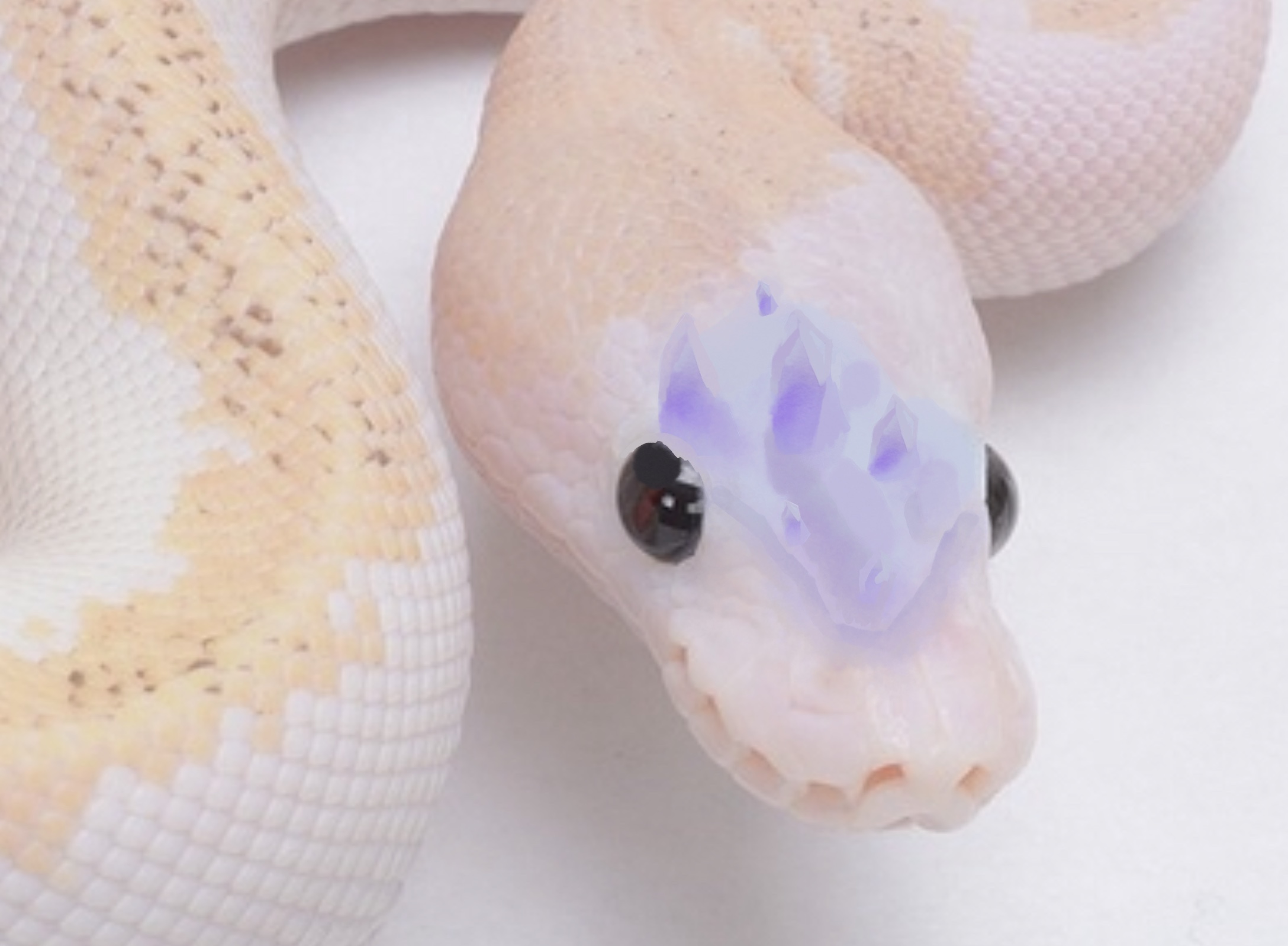The Amethyst Snake
Fast, deadly, beautiful.
The amethyst snake is a relatively common creature found throughout rocky parts of the Isles, so named because of the amethyst-like crest on top of its head and at the end of its tail. The size of these crests is a sign of how healthy and strong the animal is, and the snake will use them to try to impress potential mates. Exceptionally fast, it can hurl itself through the air using powerful tail muscles. Though deadly to smaller animals, the venom of this species is not dangerous to larger beings, and unless hunting amethyst snakes are rather peaceful, often dozing in the sun for hours on end. They are solitary by nature, only coming together to mate.
If treated properly, amethyst snakes can be domesticated and are common pets in some parts of the Isles. Azira Kulefo, the daughter of the fifth High Priestess of Izuru-Delk’isi once owned a specimen.
If treated properly, amethyst snakes can be domesticated and are common pets in some parts of the Isles. Azira Kulefo, the daughter of the fifth High Priestess of Izuru-Delk’isi once owned a specimen.
Basic Information
Genetics and Reproduction
Amethyst snakes reproduce sexually, with the gestation period being around a month. The female lays pale brown eggs in groups of 7-10, which hatch after a further month. The eggs are kept protected at the back of the female’s rock nest and surrounded by dry grass. The female snakes take care of the eggs, with males leaving soon after reproduction. Once hatched, amethyst snakelets remain in the nest for 5-12 days before being strong enough to leave to care for themselves.
Growth Rate & Stages
Amethyst snakes hatch from eggs. After hatching, they grow rapidly, achieving half their adult size in less than two weeks. The signature head and tail crest also develops at this early stage and will continue to grow as the snake matures.
As adults, amethyst snakes shed their skins 1-3 times a year.
Ecology and Habitats
These serpents are found in environments that provide a fair amount of rocky ground, with partial cover by grass or other small plants. They need the rock as this is where they make their nests, finding small holes and overhangs to act as caves and sometimes, if the rock is of a sufficiently soft kind, enlarging these nests by digging with their strong head-crests.
Dietary Needs and Habits
This snake feeds on prey such as mice, small birds and the young of various animals. It will need a substantial meal at least once a week, but can survive almost entirely without food for shorter periods of time. When hunting, the most common method employed by these serpents is to lie hidden in their rocky nests, sometimes covering the opening with leaves or similar items for additional invisibility, and to wait for a suitable meal to move past. At this point the snake launches itself out of the nest and onto the prey, where it will use a pair of short fangs to inject its venom. Alternatively, when food is scarce, amethyst snakes have also been known to venture out of their nests to hunt, using leaves and twigs on the floor for cover before similarly throwing themselves at prey.
Additional Information
Uses, Products & Exploitation
Their elegant amethyst crests were once highly valued as jewellery, and even after hunting amethyst snakes has been banned, many fine adornments featuring these crystals remain. The snakeskins are often collected because of their iridescence, and are used in smaller pieces of jewellery and items such as gloves.
Average Intelligence
The amethyst snake does not possess any remarkable intelligence, although for a snake it is quite smart.
Names in other languages
Ilatmaian: Asaunkivâl, Izuru: [WIP], Osup: [WIP]
Ilatmaian: Asaunkivâl, Izuru: [WIP], Osup: [WIP]
Scientific Name
Vipera Albamethysta
Origin/Ancestry
Though native to all the Isles, amethyst snakes are believed to have originally come from Izuru-Delk’isi.
Lifespan
Most wild amethyst snakes can live for 8-11 years, with rare cases reaching 14 years. In captivity, they commonly live for 9-15 years.
Conservation Status
Due to demand for their beautiful amethyst-like crests as jewellery, amethyst snakes were once hunted vigorously. However this was banned when population numbers started to decline dramatically and amethyst snakes are now a common sight. A trade with the shed snakeskins still flourishes.
Average Weight
Around 3kg.
Average Length
Amethyst snakes are usually very slender. They can reach up to 1.5 m.
Body Tint, Colouring and Marking
Amethyst snake bodies range from a pale cream to a very light brown, and have a slight iridescent purple shimmer to them. The eyes are a deep brown or black, and the characteristic crest is, of course, purple. Young snakes may have a speckled appearance, however once they reach adulthood all have a solid colour.
Remove these ads. Join the Worldbuilders Guild










Comments